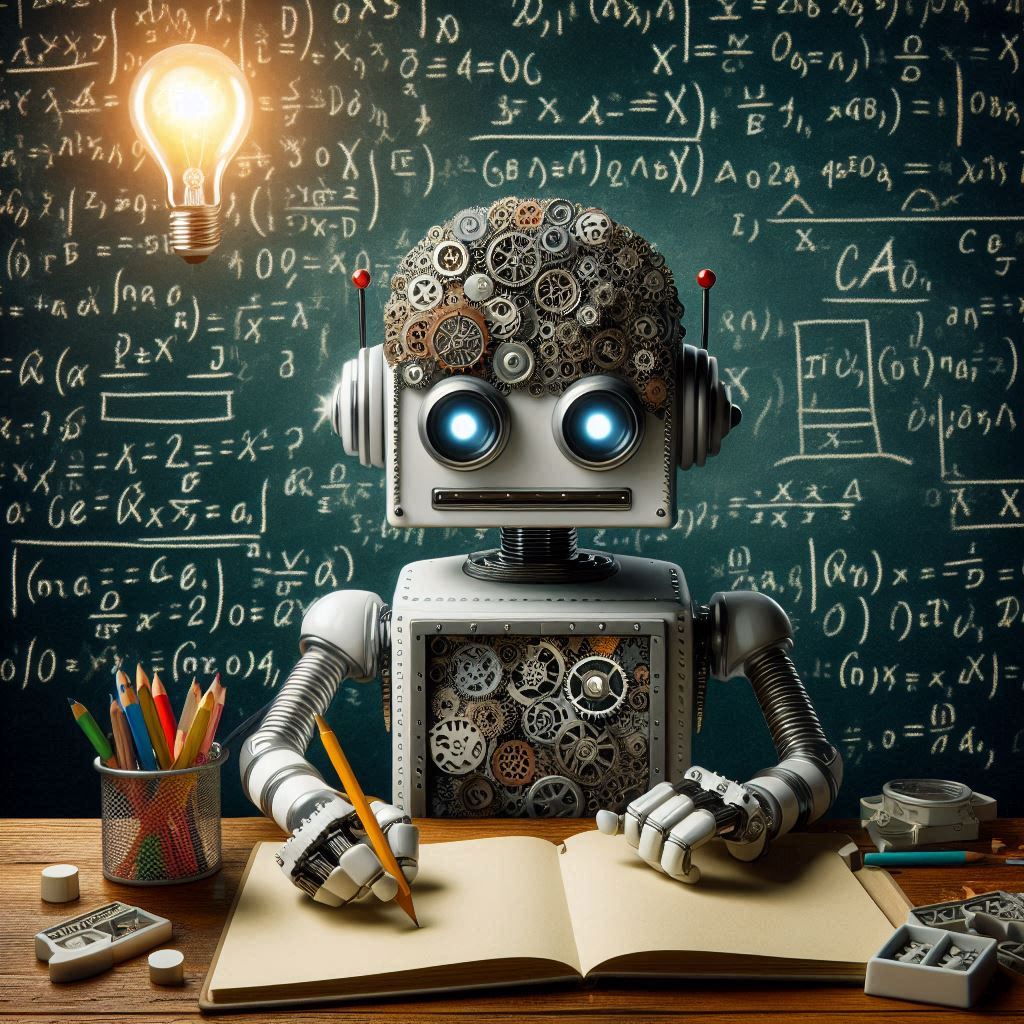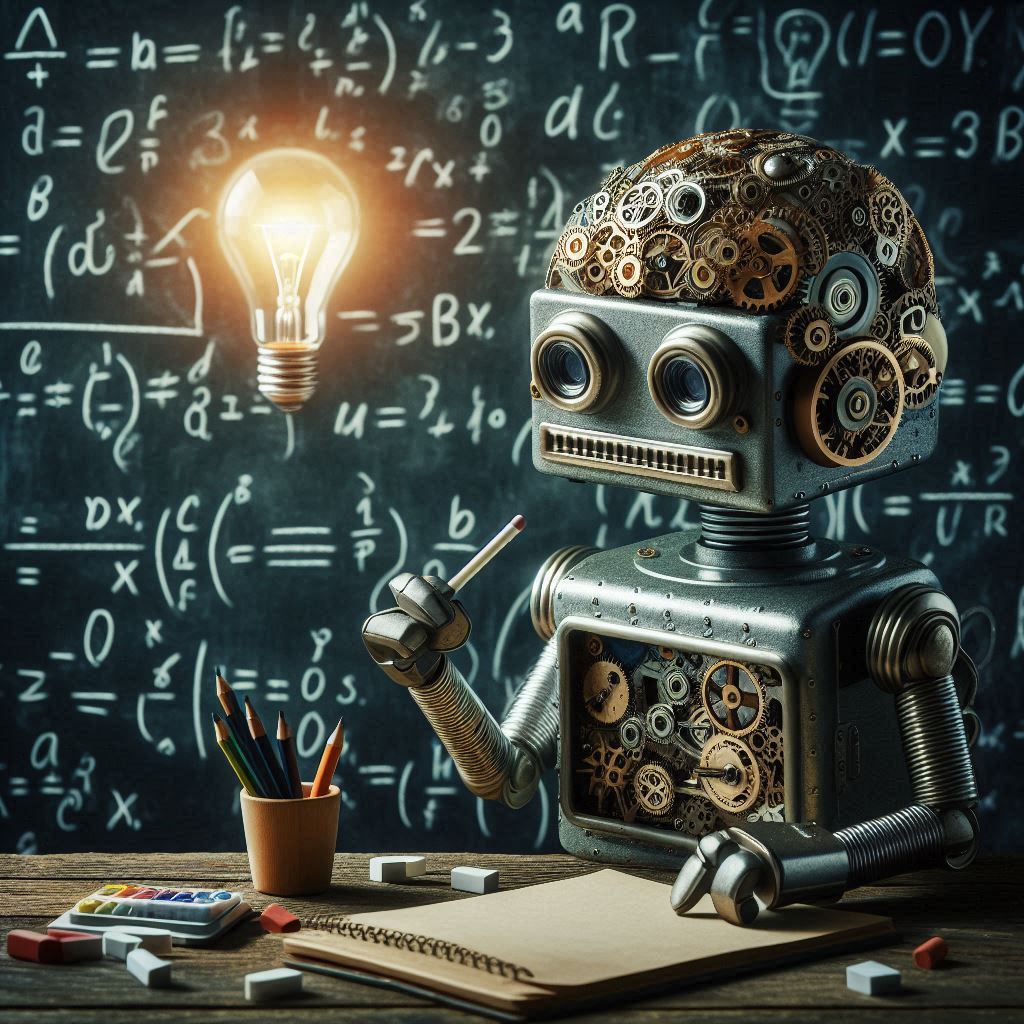Machine Learning (ML) is one of the most exciting and transformative technologies of the 21st century. From enhancing personalized recommendations on streaming platforms to advancing medical diagnostics, ML is becoming increasingly integrated into various aspects of our daily lives. But what exactly is Machine Learning, and how does it work? In this article, we will delve into the fundamentals of ML, explore its key concepts, and understand its applications and challenges.
1. Introduction to Machine Learning
Machine Learning is a subfield of Artificial Intelligence (AI) focused on enabling systems to learn from data and improve their performance over time without being explicitly programmed. The essence of ML lies in its ability to adapt and make predictions or decisions based on the patterns it identifies in the data.
2. Types of Machine Learning
Machine Learning can be broadly categorized into three types:
2.1 Supervised Learning
Supervised Learning is the most common type of ML, where the algorithm is trained on a labeled dataset. In this approach, the input data is paired with the correct output. The model learns to map inputs to outputs by minimizing the error between its predictions and the actual results. Examples of Supervised Learning include:
- Classification: Predicting discrete labels. For instance, identifying whether an email is spam or not.
- Regression: Predicting continuous values. For example, forecasting stock prices based on historical data.
2.2 Unsupervised Learning
Unsupervised Learning involves training a model on data that does not have labeled responses. The goal here is to uncover hidden patterns or intrinsic structures within the data. Key techniques include:
- Clustering: Grouping similar data points together. For instance, customer segmentation in marketing.
- Dimensionality Reduction: Reducing the number of features in the data while preserving its essential characteristics. Principal Component Analysis (PCA) is a common technique used for this purpose.
2.3 Reinforcement Learning
Reinforcement Learning (RL) is inspired by behavioral psychology and involves training an agent to make decisions by rewarding desirable actions and penalizing undesirable ones. The agent learns to maximize its cumulative reward through trial and error. This type of learning is often used in robotics, gaming, and autonomous systems.

3. How Machine Learning Works
To understand how ML works, let’s break down the process into several key stages:
3.1 Data Collection
The first step in any ML project is to gather relevant data. This data serves as the foundation for training the model. It must be representative of the problem you are trying to solve and should be collected from reliable sources.
3.2 Data Preprocessing
Once data is collected, it often requires preprocessing to make it suitable for analysis. This step includes:
- Cleaning: Removing duplicates, handling missing values, and correcting errors.
- Normalization: Scaling features to ensure that they have comparable ranges.
- Feature Selection/Engineering: Choosing the most relevant features or creating new ones to improve model performance.
3.3 Model Selection
Choosing the right algorithm is crucial for the success of an ML project. Different algorithms have different strengths and weaknesses, and the choice often depends on the type of problem and data characteristics. Common ML algorithms include:
- Linear Regression: For regression tasks.
- Decision Trees and Random Forests: For both classification and regression.
- Support Vector Machines (SVM): For classification tasks.
- Neural Networks: For complex tasks involving large datasets and deep learning.
3.4 Training the Model
Training consists of inputting the prepared data into the selected algorithm. During this phase, the model refines its internal settings to reduce prediction errors. This process is iterative, often requiring fine-tuning of hyperparameters to enhance the model’s performance.
3.5 Evaluation
After training, the model’s performance is evaluated using a separate dataset, known as the validation or test set. Metrics such as accuracy, precision, recall, and F1 score are used to assess how well the model generalizes to new, unseen data.
3.6 Deployment
Once the model is trained and evaluated, it is deployed into a real-world environment where it can make predictions or decisions based on new input data. Ongoing monitoring and maintenance are essential to ensure that the model continues to perform well over time.
4. Applications of Machine Learning
Machine Learning has a wide range of applications across various industries. Some notable examples include:
4.1 Healthcare
ML algorithms are used to predict patient outcomes, personalize treatment plans, and analyze medical images. For instance, ML models can assist in diagnosing diseases like cancer by analyzing imaging data with high accuracy.
4.2 Finance
In finance, ML is used for fraud detection, algorithmic trading, and credit scoring. By analyzing transaction patterns, ML models can identify unusual activities that may indicate fraudulent behavior.
4.3 E-commerce
E-commerce platforms utilize ML for product recommendations, customer segmentation, and dynamic pricing. By analyzing customer behavior, ML models can suggest products that align with individual preferences.
4.4 Autonomous Vehicles
Self-driving cars rely on ML algorithms to interpret sensor data, recognize objects, and make real-time driving decisions. These systems continuously learn from new data to improve safety and performance.
5. Challenges in Machine Learning
While Machine Learning offers numerous benefits, it also comes with its own set of challenges:
5.1 Data Quality and Quantity
The effectiveness of an ML model depends heavily on the quality and quantity of data. Incomplete or biased data can lead to inaccurate predictions and biased outcomes.
5.2 Overfitting and Underfitting
Overfitting occurs when a model learns the training data too well, resulting in poor performance on new data. Conversely, underfitting happens when a model is too simplistic to capture the underlying patterns in the data.
5.3 Interpretability
Many ML models, especially deep learning models, are often seen as “black boxes” because their decision-making process is not easily interpretable. This lack of transparency can be problematic in critical applications where understanding the rationale behind decisions is important.
5.4 Ethical and Privacy Concerns
The use of ML raises ethical and privacy issues, such as data security, consent, and potential misuse of technology. Ensuring responsible use of ML and addressing these concerns is crucial for its continued advancement and acceptance.
6. The Future of Machine Learning
The field of Machine Learning is rapidly evolving, with ongoing research and development driving advancements in algorithms, computational power, and data availability. Key trends shaping the future of ML include:
- Explainable AI: Developing models that offer greater transparency and interpretability.
- Federated Learning: Training models across decentralized devices while preserving data privacy.
- Automated Machine Learning (AutoML): Simplifying the ML process by automating tasks such as model selection and hyperparameter tuning.
As ML continues to advance, its potential to drive innovation and address complex problems will only grow. Staying informed about the latest developments and understanding the fundamentals will be essential for leveraging ML effectively in various domains.
Conclusion
Machine Learning is a powerful technology with the potential to transform numerous industries and improve various aspects of our lives. By understanding the basics of ML, including its types, processes, applications, and challenges, we can better appreciate its impact and potential. As the field continues to evolve, staying informed and adapting to new advancements will be key to harnessing the full potential of Machine Learning.
